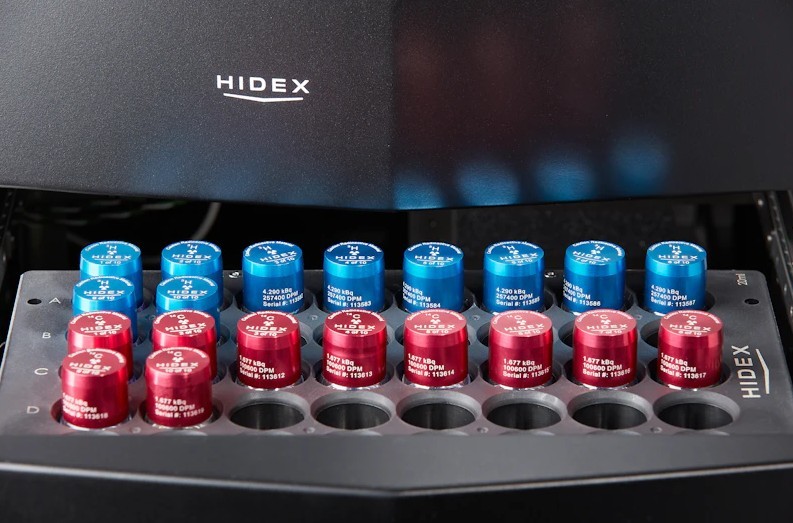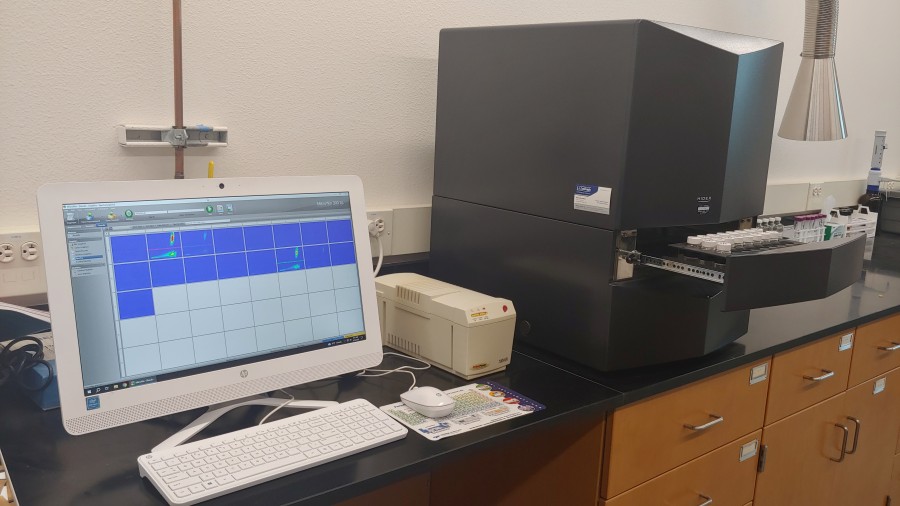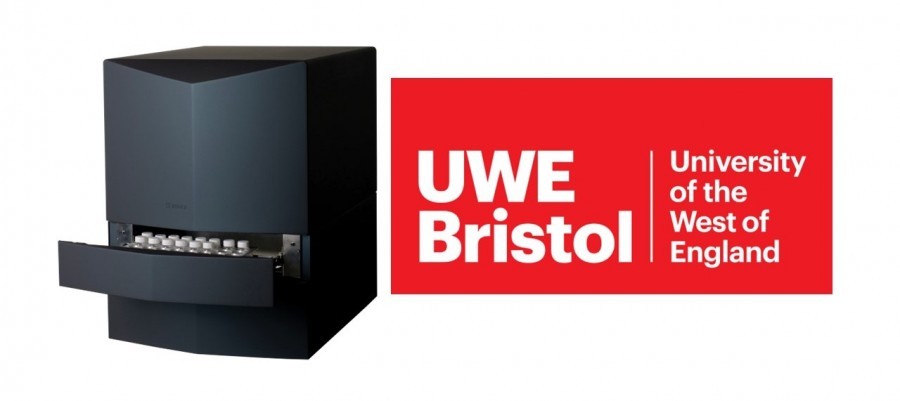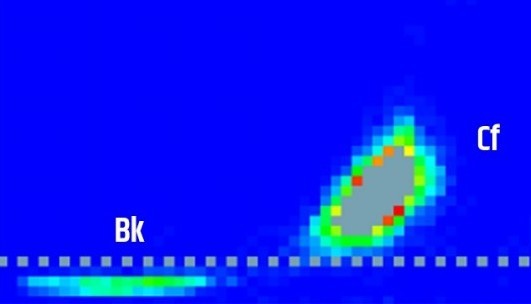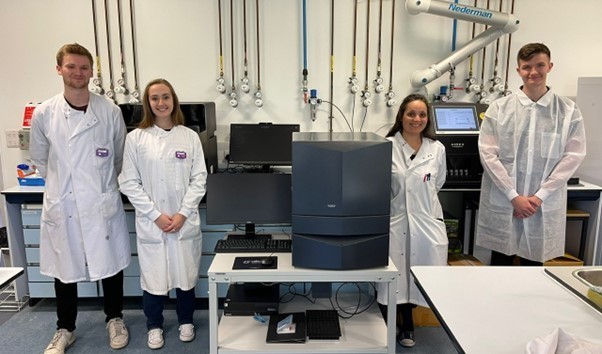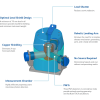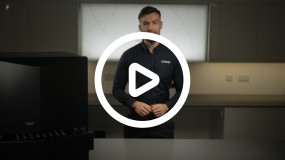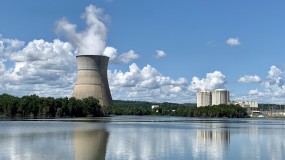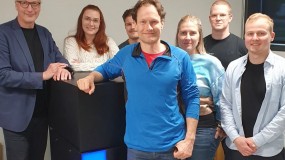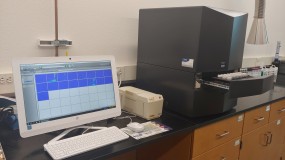The most advanced, compact counter available
The Hidex 300 SL is a compact liquid scintillation counter with exceptionally high counting efficiency. It is the most advanced counter available featuring luminescence free counting and three PMT detectors for Triple-to-Double Coincidence Ratio (TDCR), a method for absolute activity counting without using an external source for calibration.
Being smaller and lighter than other counters, the Hidex 300 SL is ideal for mobile labs and smaller research spaces. Because it is front-loading, it can be conveniently installed underneath benches or in tighter spaces.
In addition to the standard counter, the Hidex 300 SL is available in other models for specific applications.
Features
Applications
Existing Hidex 300 SL users
Click the tabs below to learn more about our customers and their applications for the Hidex 300 SL.
Academia & Environmental
Nuclear
Documents
-
Hidex-300-SL-and-600-SLe-US-Version-1.6
Download (4.92 MB) -
300 SL Super Low Level Specification
Download (240.05 kB) -
300 SL Standard Specification
Download (203.1 kB)
Application Notes
-
Alpha Beta Am+Tl 90% Separation Results With The Hidex 300 SL AB Option
Application Note
Download (95.93 kB) -
Alpha Beta Rn-222 separation results with the Hidex 300 SL A/B-option
Application Note
Download (166.56 kB) -
-
-
-
TDCR Quench Correction With The HIDEX 300 SL Application Note
Download (734.98 kB) -
The Measurement Of Tritium In Environmental Water Samples
Download (492.54 kB) -
300 SL PMT Detector System Identifies True Background With Minimal Random Counts Spread Across MCA
Download (406.87 kB) -
R-n 222 In Water With Hidex 300 SL At MBMG
Download (184.81 kB) -
Determination Of The 14C Content In Bio-based Products
Download (956.04 kB)

